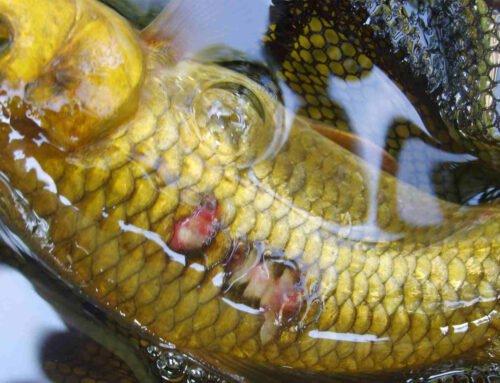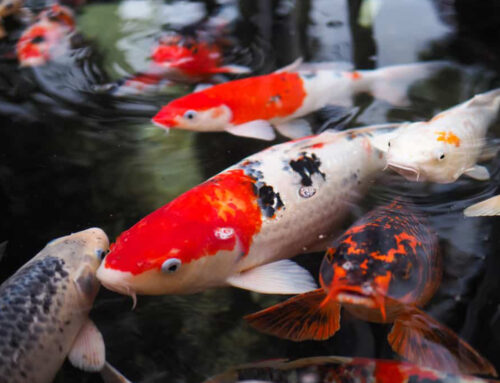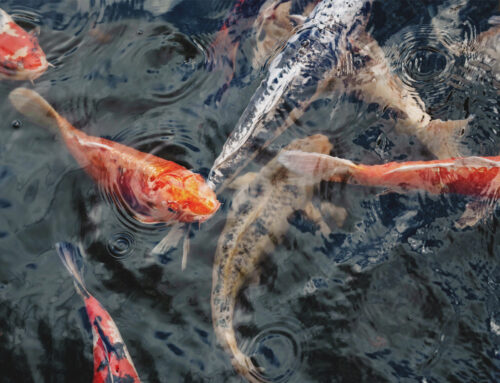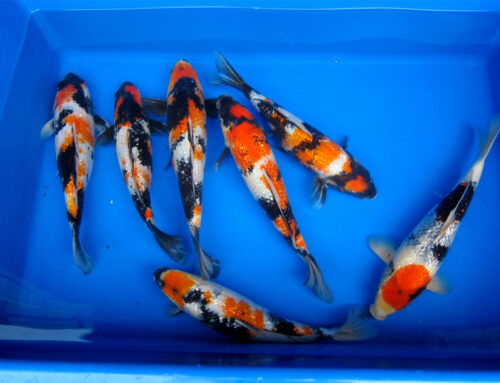Aeration is a very crucial element in a koi pond. Every living thing in the pond requires a constant supply of oxygen. The koi, plants and even the bacteria in the filter need ample oxygen. In this article I will discuss the best and most effective way to add oxygen to your koi pond.
The most popular method of adding oxygen to a koi pond is a waterfall. Most every koi pond built has some form of a waterfall feature. They are added mostly for their look and sound. Most think they are aerating their koi pond with the waterfall as well. And they are, but it might surprise you how little a waterfall aerates a koi pond. Aeration takes place though oxygen exchange. Anytime water and air come into contact, oxygen exchange takes place. The greatest amount of contact the water in the koi pond will have is on the surface. The reason a waterfall will add oxygen is because it breaks the surface and helps circulate the water on the top. The deeper the water from the falls penetrate the surface, the better the aeration.
The best way to aerate a koi pond is to constantly draw water from the bottom of the pond and return it to the top. This takes the poorly aerated water at the bottom and sends it up to come in contact with the oxygen at the surface. Constant circulation, 24 hours a day, is needed to maintain proper aeration in a koi pond. That is why a bottom drain is so useful in koi ponds. They not only remove the dirtiest water from the bottom, but they also pull the water with the lowest oxygen content out of the pond so it can get aerated when it is returned at the surface. Koi ponds that only have a skimmer and no bottom drains will always have problems with circulation and aeration. The water at the bottom of the pond is never circulated up to the top and has poor oxygen saturation.
Another easy way to aerate a koi pond is to use an air pump and air stones. The air stones are placed at the bottom of the koi pond and they create a rising column of air bubbles. Like a waterfall, the bubbles themselves don’t add much aeration, but what they do is create a water column bringing water from the bottom, to the top where it can get aerated at the surface. So you improve aeration and circulation at the same time!






